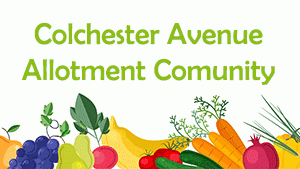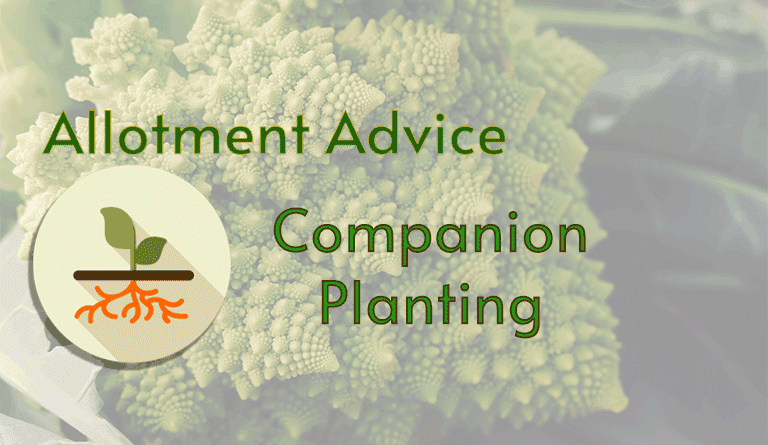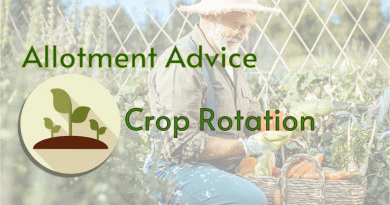Allotment Advice – Companion Planting
Many people have an allotment primarily to grow produce, as well as creating a sanctuary to escape to while making new friends. But wildlife plays an important part of any allotment site. With urban cities like Cardiff seeing a big drop in it’s local wildlife due to development and changing lifestyles it’s important to think about the critters and animals who we may be sharing our plots with. Allotments play a huge part in supporting wildlife in urban areas, often they create links between tracks, hedgerows, parks and rivers. And aside from the help some of them give us by assisting with pollination and pest control there are things we, as plot-holders, can do to help keep this eco-system balanced.
- If you have room on your plot, set aside a bit of room to plant some nectar rich flowers to help attract pollinators. Many crops rely on pollinators; apple, plum and pear trees rely up to 85% on pollinators, 85% for runner beans and similar beans, cucumbers have a 60% reliance, pumpkins up to 85% to name a few and remember that honeybees pollinate an estimated 35% of UK crops.
- In Spring spotted nettles, primroses, black and redcurrants will feed pollinators. In Summer hollyhocks, marigolds, borage and open centred
- will feed them. Autumn your nasturtiums, single flower dahlias and sunflowers will feed the pollinators and Winter flowering shrubs like Vibernum tinus, Skimmia (Kew Green), Mahonia (Underway), Hamamelis (intermedia) and Daphne bholua (Jacqueline Postill) are some good examples. As with any shrub, make sure you can keep on top of the pruning.
- Try and reduce your usage of chemicals if you don’t already, eliminating their usage if you’re able to.
- Lure ladybirds to your plot by planting some dill, carrots, celery, parsley and fennel and when the ladybirds come each one will eat up to 60 insects a day including aphids, leaf hoppers, mealy bugs, mites and others.
- We know you can’t have a hose on site but if you’re able to bring a spray bottle to spray the bugs off, they rarely climb back on.
- You’ll see a lot less slugs and snails if you place broken egg shells around the base of your crops, if growing in pots wrap some copper tape around the middle of your pot and try some companion gardening; fennel and rosemary are great slug deterrents.
- Try making your own natural pesticides, take a look here for some good recipes.
- Try creating some homes for the wildlife; bee boxes, small stone and log piles for insects, compost for slow worms, nesting boxes for birds.
- If you bring children onto the site make sure they know the importance of looking after the wildlife.
- And like we’ve said before, chat to your neighbours and fellow plot holders to see if they have any tips of their own, and check out our companion planting guide below.
 When planting the above companion plants, try when possible to plant them in pots to avoid them taking over the plot, especially mint.
When planting the above companion plants, try when possible to plant them in pots to avoid them taking over the plot, especially mint.






